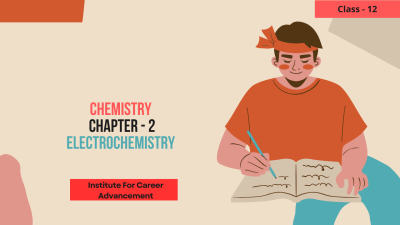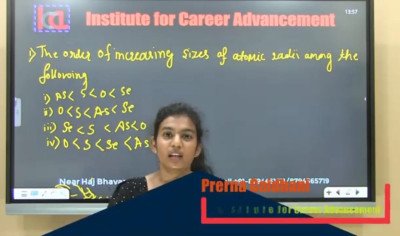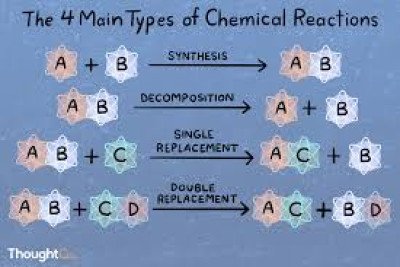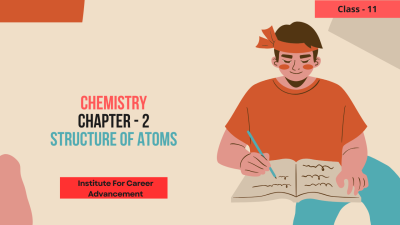Electrochemistry - Class 12
In Class 12 Chemistry, Electrochemistry sparks your curiosity about the fascinating connection between electricity and chemical reactions! This course delves into: Harnessing Chemical Energy: Explore how spontaneous chemical reactions can generate electricity in a device called a galvanic cell (e.g., batteries). Using Electricity for Change: Learn how electrical energy can be used to drive non-spontaneous chemical reactions in a process called electrolysis (e.g., electroplating). Cells & Electrodes: Get to know the key players – galvanic cells and electrolytic cells. You'll understand the role of electrodes (anode and cathode) in these processes. Electrode Potentials & Standard Potentials: Dive into the concept of electrode potential, which measures the tendency of an electrode to lose electrons (oxidation) or gain electrons (reduction). You'll also explore standard electrode potentials, a reference point for predicting the spontaneity of redox reactions in a cell. দ্বাদশ শ্রেণীর রসায়নে, তড়িৎ রসায়ন বিদ্যুৎ এবং রাসায়নিক বিক্রিয়ার মধ্যে আকর্ষণীয় সংযোগ সম্পর্কে আপনার কৌতূহল জাগিয়ে তোলে! এই কোর্সটি নিম্নরূপঃ রাসায়নিক শক্তি ব্যবহারঃ কীভাবে স্বতঃস্ফূর্ত রাসায়নিক বিক্রিয়া গ্যালভানিক কোষ নামে একটি যন্ত্রে বিদ্যুৎ উৎপাদন করতে পারে তা অন্বেষণ করুন। (e.g., batteries). পরিবর্তনের জন্য বিদ্যুতের ব্যবহারঃ জেনে নিন কিভাবে তড়িৎ বিশ্লেষণ নামক একটি প্রক্রিয়ায় অ-স্বতঃস্ফূর্ত রাসায়নিক বিক্রিয়া চালানোর জন্য বৈদ্যুতিক শক্তি ব্যবহার করা যেতে পারে। (e.g., electroplating). কোষ ও বিদ্যুদ্বাহকঃ গ্যালভানিক কোষ এবং তড়িৎবিশ্লেষ্য কোষ সম্পর্কে জানুন। আপনি এই প্রক্রিয়াগুলিতে বিদ্যুদ্বাহকের (অ্যানোড এবং ক্যাথোড) ভূমিকা বুঝতে পারবেন। ইলেক্ট্রোড সম্ভাব্যতা এবং মানক সম্ভাব্যতাঃ বিদ্যুদ্বাহক সম্ভাবনার ধারণায় ডুব দিন, যা একটি বিদ্যুদ্বাহকের ইলেকট্রন হারানোর (জারণ) বা ইলেকট্রন অর্জনের প্রবণতা পরিমাপ করে। (reduction). আপনি স্ট্যান্ডার্ড ইলেক্ট্রোড সম্ভাব্যতাও অন্বেষণ করবেন, একটি কোষে রেডক্স প্রতিক্রিয়াগুলির স্বতঃস্ফূর্ততার পূর্বাভাস দেওয়ার জন্য একটি রেফারেন্স পয়েন্ট।
English
Last updated
Wed, 27-Nov-2024



















